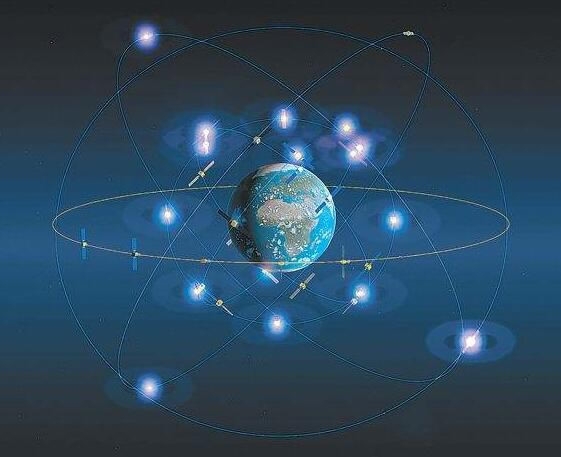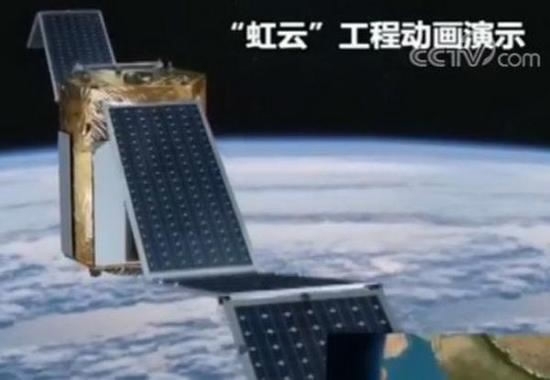
Tech & Sci
10:22, 01-Sep-2017
China plans to launch 156 low Earth orbit satellites by 2025

China plans to launch 156 small satellites by 2025 to provide Internet services in low signal areas and places with adverse natural environment, according to an announcement by China Aerospace Science and Industry Corporation (CASIC).
Due to environmental conditions of deserts, mountains and seas, half of the world's population has no access to the Internet, and the information deficiency hampers local development, according to a press release CASIC sent to the Global Times Thursday.

Earth-orbiting satellites /VCG Photo
Earth-orbiting satellites /VCG Photo
It will be China's first broadband Internet access system with small satellites hovering in low orbit, which will also help meet the needs of commercial space development, it said.
The project, named Hongyun, plans to send the first satellite by 2018, and launch four more to gain preliminary experience by 2020. By the end of the 14th Five-Year Plan (2021-2025), CASIC plans to have all of the 156 satellites in operation.
"The satellites will also facilitate Internet access and communication for airplanes and ocean-going ships," Wang Yanan, chief editor of the Aerospace Knowledge magazine, told reporters.

How the Hongyun project works in animation /CCTV Photo
How the Hongyun project works in animation /CCTV Photo
The Hongyun Project, which focuses on communication, remote sensing and navigation, can offer communication and Internet services for China and less-developed countries with reduced latency. Meanwhile, the project can also benefit emergency communication, sensor data collection and remote control of unmanned equipment, CASIC said.
Currently, international maritime satellites are widely used for communications in mountainous areas and airplanes, but those satellites, 36,000 kilometers above the Earth, have time and signal delay as well as high costs for providing services, said Yang Yuguang, a research fellow with the CASIC, according to the WeChat account of the company.

One of the satellites orbiting around the Earth /CCTV Photo
One of the satellites orbiting around the Earth /CCTV Photo
The small satellites sent by the Hongyun Project will hover in low orbits only hundreds of kilometers to 1,000 kilometers above the Earth, and thus could improve the Internet access, Yang said.
However, the low orbit satellites may face challenges in power supply, as they need more energy to reduce the influence of air-resistance compared to high orbit satellites. Experiments are needed to determine whether solar energy alone is enough, Wang said.

The project aims to improve Internet access globally, especially in remote areas, or even on planes. /CCTV Photo
The project aims to improve Internet access globally, especially in remote areas, or even on planes. /CCTV Photo
Hongyun Project was part of the space projects announced by CASIC at the Third China (International) Commercial Aerospace Forum in Wuhan, Central China's Hubei Province, on Wednesday.
CASIC also announced at the forum that the rocket launch project called Kuaizhou 11, a solid-fuel carrier rocket. The rocket will mainly be responsible for sending mini satellites and sun-synchronous orbit small satellites.
The Kuaizhou 11 will have its maiden launch carrying six satellites in early 2018, reported China Central Television (CCTV).
Source(s): Global Times

SITEMAP
Copyright © 2018 CGTN. Beijing ICP prepared NO.16065310-3
Copyright © 2018 CGTN. Beijing ICP prepared NO.16065310-3